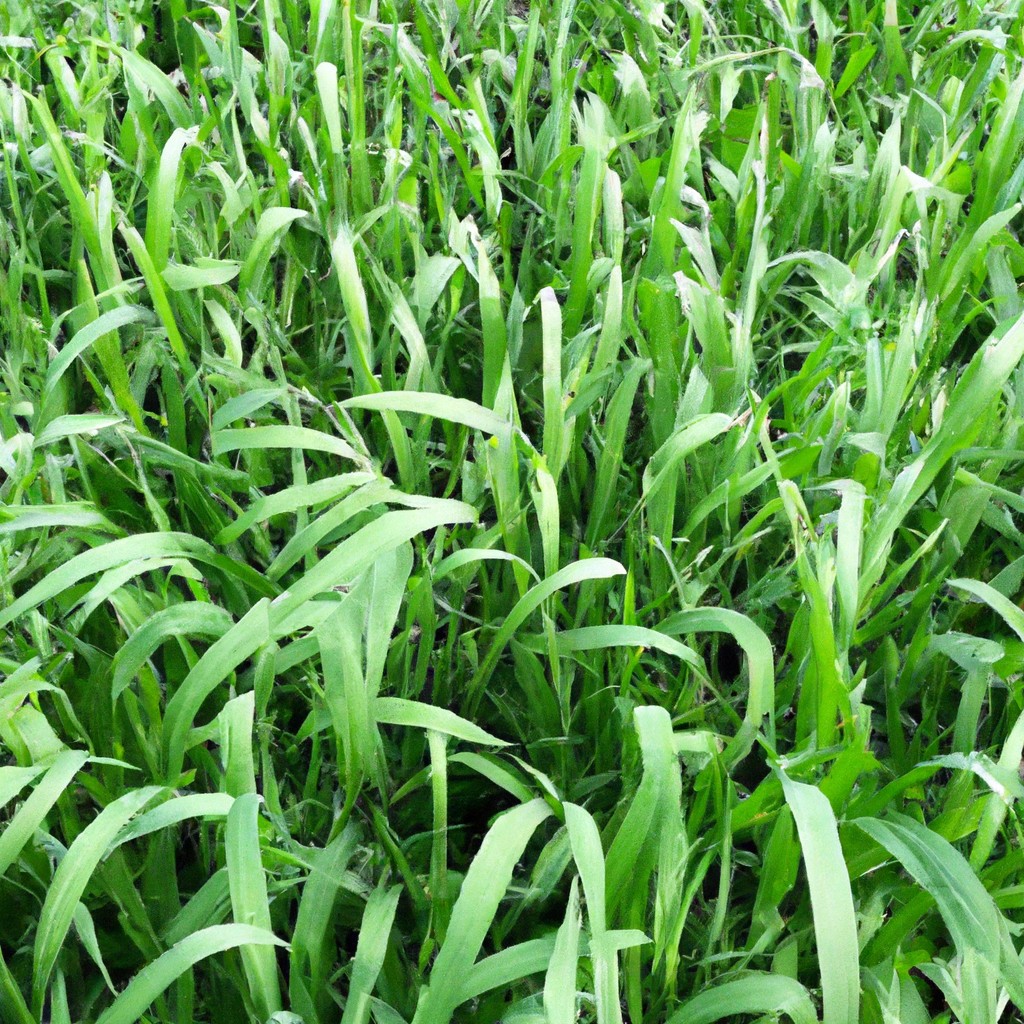Learn about the main crops grown in Egypt and their importance to the nation’s agriculture.
Look Inside:
The Nile and Field Planting

The Nile’s annual inundation was the ancient Egyptian farmer’s best buddy. This grand river, slinking its way through the desert, would overflow, depositing nutrient-rich silt onto the fields. Talk about a free delivery service.
Fields were strategically positioned along the Nile to harness these fertile gift drops. This clever placement ensured crops received essential minerals, yielding lush harvests. They didn’t have modern fertilizers, so nature had to chip in, big time.
The changing water levels also dictated the agricultural calendar. Egyptians knew their seasons better than a coffee shop knows its latte art. Flood season brought water and silt, planting season followed with hard work, and harvest season was a time to reap the benefits. It was an all-natural, beautifully synchronized dance. And, trust me, the Nile was quite the dance partner.
Irrigation Systems
Ancient Egyptian farmers were irrigation wizards. Picture this: the Nile River, the lifeblood of Egypt, flooding its banks annually and enriching the soil with nutrient-rich silt. But controlling that water, turning flood chaos into farming gold, required some serious ingenuity.
First up: canals. These man-made waterways directed Nile water into fields, ensuring plants got a drink even during dry spells. Farmers used shadufs, think ancient cranes, to scoop water from canals and into fields.
Then there’s the basin irrigation system. Farmers built mud levees to create basins that trapped floodwaters. As the water receded, it left nutrient-rich soil behind, perfect for planting crops.
Lastly, the ancient Egyptians developed intricate timing. They sowed crops immediately after floodwaters receded to maximize the short growing season. Clearly, ancient Egyptians’ irrigation technology wasn’t just smart—it was life-sustaining brilliance.
Crops Grown
Picture this: the fertile Nile Delta laying out a buffet of crops. Wheat fields wave in the breeze, looking like endless golden carpets. Barley stands tall, ready to transform into bread and beer. Dive into the green and you’ll find lettuce, garlic, and onions making sure ancient Egyptian salads were anything but boring.
Let’s not forget the fruits! Dates not only fill bellies but also double as sweet treats — like nature’s candy. Fig trees add some variety, and who can resist juicy pomegranates bursting with flavor?
Industrial tip: flax is the real MVP. Ancient Egyptians spun it into linen for those stylish mummy wraps and everyday togas. And papyrus? The OG paper for timeless tales and bureaucratic mumbo jumbo.
So, next time you munch on a salad, think of the OG Egyptian farmers who set the stage. Cultivating crops wasn’t just a means to feed the masses, but an art form that spanned the ages.
Food Crops
Ancient Egypt was practically the original grocery store. They grew a plethora of vital food crops that fed an entire civilization. Their bread and beer staples didn’t just fall from the sky; they were carefully cultivated.
Barley and emmer wheat were the dynamic duo of grains. Barley often found its way into beer, while emmer was the go-to for bread. Talk about grains that won’t grain on your nerves!
Then there’s flax. Not just for linen, flax seeds were crushed for oil, making everything from lamps to salads a little brighter.
Don’t forget the veggie patch – it was like a treasure chest! Lettuce, onions, leeks, and cucumbers thrived under Egypt’s golden sun. One can almost hear the ancient whispers of “Eat your vegetables!”
Fruits weren’t left behind either. Dates, figs, and grapes were popular, not just for snacking but for turning into delightful offerings to the gods. Their fruit game was strong.
And who knew melons and pomegranates were practically celebrities in ancient farmers’ markets? Sweet and juicy, they added a twist to ancient diets that was anything but boring.
Industrial and Fiber Crops
Ancient Egypt wasn’t just about gloriously golden wheat fields and luscious fruit gardens; they also had crops that would have made any modern textile enthusiast drool.
First up, let’s chat about flax. This humble plant was the superstar of linen production. Egyptians were flax-flipping geniuses, transforming those stalks into fibers that dressed pharaohs and mummified their VIPs. Think of it as the ancient world’s runway!
Papyrus was another heavy-hitter. Beyond the scrolls and scripts, its fibrous goodness was used for making ropes, mats, and even boats. Let’s just say, without papyrus, ancient Egyptians might have had some serious logistical issues.
Castor beans were more than just backyard curiosities. Extracted into castor oil, these beans were used not only in lamps but also as a lubricant for tools. Imagine sliding around ancient contraptions with the help of these oily wonders.
Hemp also made a cameo, and while not as glamorous as the other crops, it was still handy for rope and fabric.
So, while the Nile’s bounty fed Egypt, it also clothed them and lit up their lives in surprising, inventive ways.




